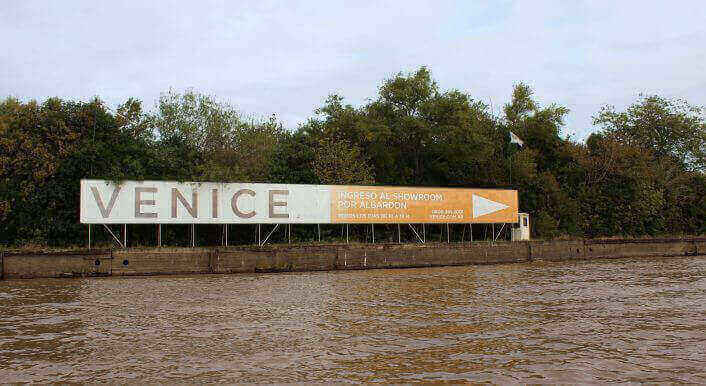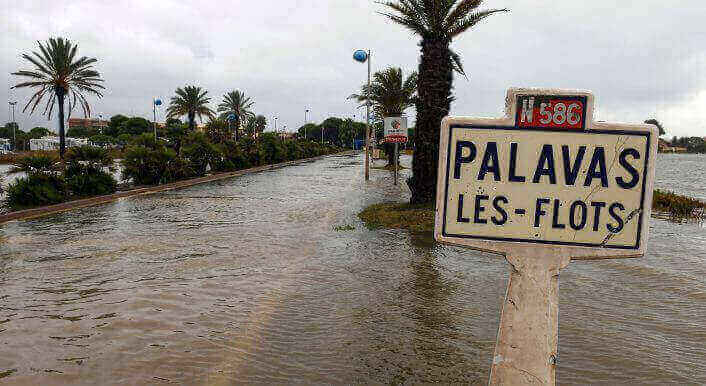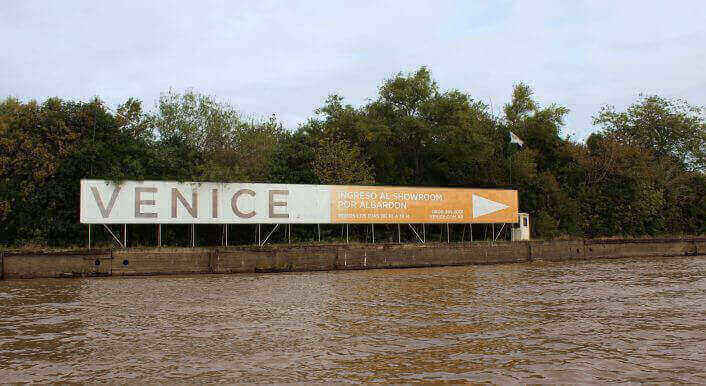The Philippines: Abandoned
The Philippines is one of the countries most affected by sea level rise. This will be costly, yet no help is forthcoming from the big industrialised nations – who disproportionately contributed to the changing climate which is causing the sea to rise.

In the capital, Manila, the sea level has risen by more than 80 centimetres over the last few decades. In Legazpi City, the increase is 30 centimetres and in southern Davao Bay it’s 24 centimetres.
The rising seas affect almost the whole population, because most Filipinos live by the water: the country is made up of 7,000 islands, with a total coastline spanning some 36,000 kilometres. The islands are flat, and the bays reach far inland. This makes them more vulnerable to rising sea levels. “In addition, we get tropical typhoons. If we do not take fast-paced measures, our agriculture and our food are at risk“, says Analiza Solis, an expert on the Philippine climate.
According to a 2012 study by the Asian Development Bank, the Philippines is one of the five countries most affected by climate change in the world. The coastal inhabitants in the east are most affected, as the prevailing wind pushes water up into the island’s bays.
The fifth world climate report by the Intergovernmental Panel on Climate Change (IPCC) predicts that sea level rise will accelerate. This will have devastating consequences for the Philippines. Higher water levels in the bays will mean that typhoons do more damage, and already around 20 of the tropical storms rage across the country every year.
According to a study by the environmental protection organization WWF, more than 13 million Filipinos will have to be relocated from the coastal areas. Even now, the floodwaters are reaching areas that have never been flooded before. The most affected are poorer Filipinos, who often live in condominiums which collapse even in light storms.
Typhoon Haiyan, one of the strongest storms on record, struck the Philippines in 2013. Haiyan destroyed rice stocks. Boats and fishing facilities were devastated. Many people had no access to food, and an estimated 6 million people in the Visayas region were displaced.
Major climatic changes also affect the animal world. The Tubbataha reef on the island of Palawan is a valuable habitat for seabirds. But the island is slowly disappearing – since it was first measured in 2004 it has shrunk from 1.5 to 1.1 hectares.
The United Nations World Climate Council says that sea level rise could disrupt crop growth, and flood cornfields which could spread Dengue fever through the standing water. But to this day, the Philippines have no response against the threats to humans and animals. They have no resources to protect against these dangers. And the international community is doing little to help the first victims of climate change.
“We have not seen money from rich countries to help us adapt. We cannot go on. This is not life when we have to run away from storms, “says Naderev Saño, who represents the Philippines at the international UN conferences on climate change. Every destructive tropical storm costs his country two percent of the gross domestic product, and another two percent has to be put into reconstruction afterwards.
For a developing country like the Philippines, with almost 100 million citizens spread over thousands of islands, it is an unsolvable challenge to relocate those that will be worst affected. Storms are already transforming public schools into evacuation centers, which provide shelter to hundreds of displaced families. When the floodwaters subside, they return to the coasts to re-start their existence. They say they need to find food — and have no choice.



